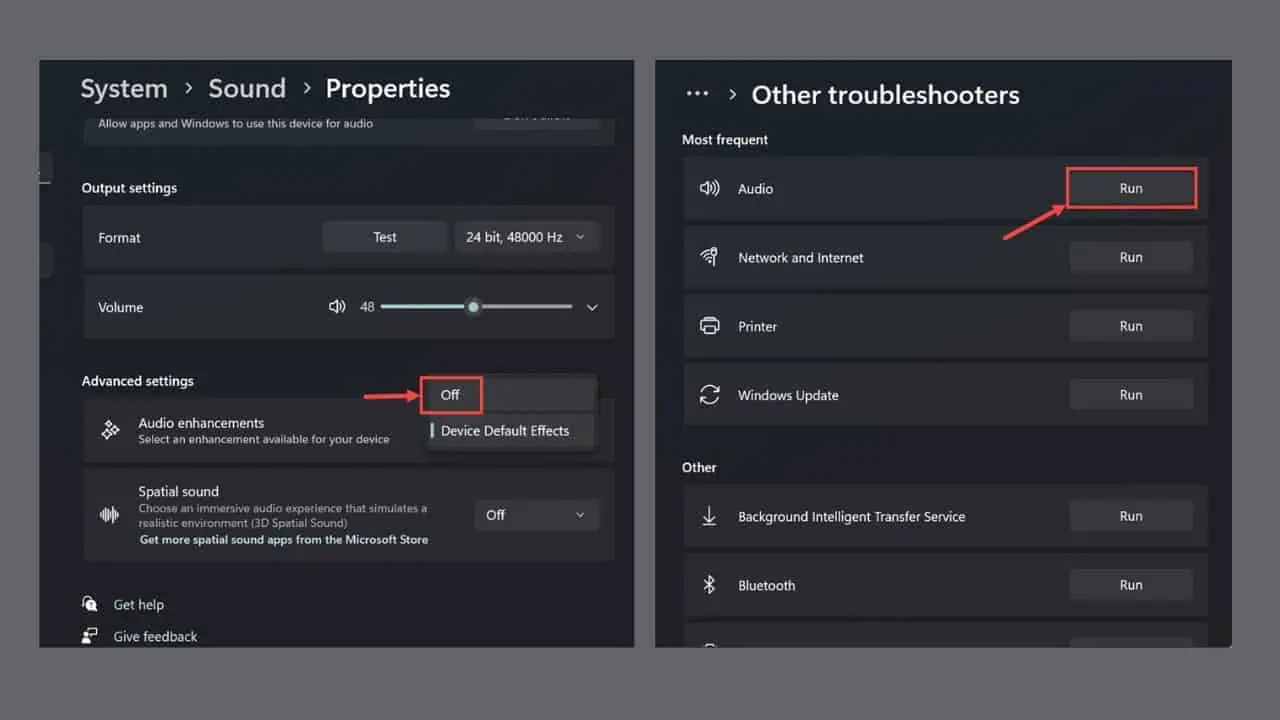Read this if you still think Microsoft is infallible
4 min. read
Published on
Read our disclosure page to find out how can you help MSPoweruser sustain the editorial team Read more

From time to time we post articles critical of Microsoft’s moves and strategies, and this is often met with complaints from readers that Microsoft, worth hundreds of billions of dollars, surely knows better than a simple writer on a blog. With Microsoft’s massive resources, access to researchers, talent, consumer panels and knowledge of their own plans, they surely know exactly which moves to make to most effectively address the market and the competition.
This opinion, of course, flies in the face of the numerous and very expensive mistakes Microsoft has made very publicly in the past, but our readers generally write these off as a change in strategy rather than miscalculation.
Now in an extremely lengthy post on Medium ex-Director of Development for Microsoft Office, Terry Crowley, has given an internal perspective of the turmoil that really exists in Microsoft, and how multiple strategic errors have cast long shadows, some of which still affect Microsoft today.
The period he is concerned with is the development of Microsoft’s most disastrous OS next to Microsoft Bob, Windows Vista.
I will not attempt to summarise the 7000 words in the article, but some of the some of the issues deserves highlighting.
He notes for example that Microsoft foolishly tried to write core components of Windows Vista in managed code, which caused a variety of issues, such as code and resource bloat, delays in shipping the OS and a stagnation of the Win32 API. In fact the project ran into so much issues they had to pull staff from the Internet Explorer team, which led to stagnation of the browser, and directly led to the rise of Firefox and Chrome.
Microsoft also attempted to create a new file system based on relational databases for Windows Vista, which ultimately had little to no benefit and many downsides, including slower performance. Much of this work was ultimately chucked.
Bill Gates’s idea of a universal storage and universal canvas applications infrastructure which was ultimately poorly motivated – a dream without an actual purpose, somewhat like Universal Windows Apps are currently. Much like now Microsoft fantasised that apps would replace websites, something which even then was as unlikely to catch on as now.
Microsoft was also relying on ever improving hardware to save the bloated OS, but was surprised by consumers turning instead towards mobility with laptops and netbooks, on which Windows Vista struggled so much Microsoft had to re-release Windows XP.
Crowley summarised the issues as below:
- Microsoft badly misjudged the underlying trends in computer hardware, in particular, the right turn that occurred in 2003 to the trend of rapid improvements in single-threaded processor speed and matching improvements in other core elements of the PC. Vista was planned for and built for hardware that did not exist. This was bad for desktops, worse for laptops and disastrous for mobile.
- The bet on C# and managed code was poorly motivated and poorly executed. This failure, in particular, can be laid directly on Bill Gates and his fruitless Holy Grail effort to create a universal storage and universal canvas applications infrastructure. This had especially long-running consequences.
- Windows project management had teetered on catastrophic throughout its history with a trail of late projects that stumbled to completion. Vista was a disaster but was just the culmination of a series of near-catastrophes in the core executive mission of complex project execution.
My takeaway from the article is however very different – that Microsoft, even with their billions of dollars, is far from infallible, and would benefit as much as anyone else from having outside input on their efforts.
Terry Crowley’s full article reads like a 27-minute disaster autopsy and can be found here.









User forum
0 messages